3D Interior Rendering for Realistic Home Visuals
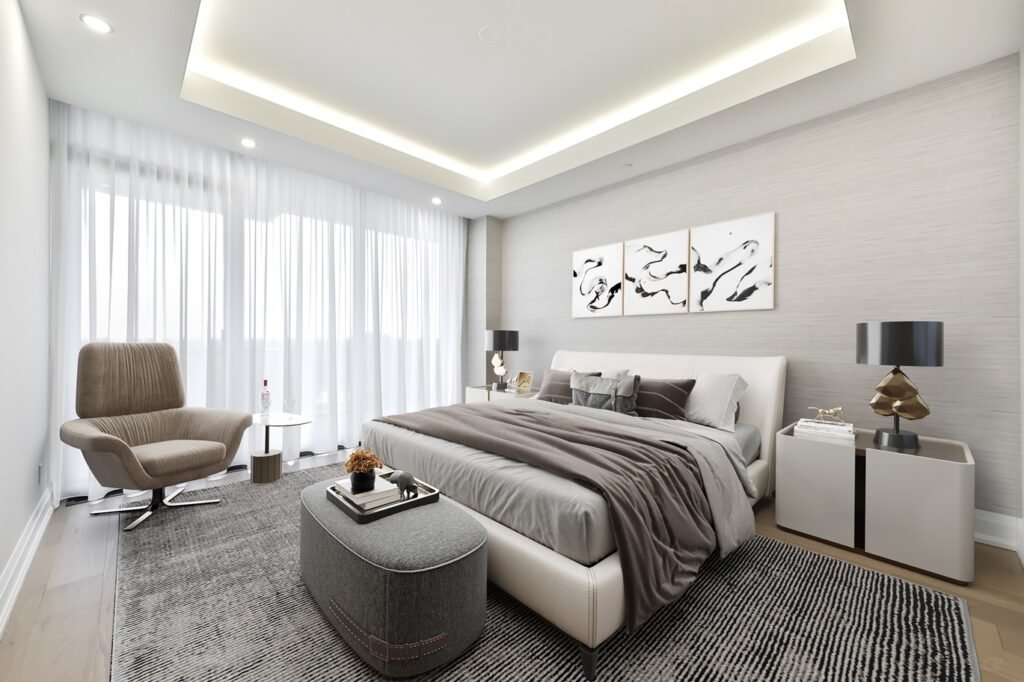
Whether you’re an architect, interior designer, or real estate professional, 3D interior rendering is changing the game by providing photorealistic visuals that capture the essence and personality of a living space.
How 3D Architecture Animation Boosts Property Value & Offers
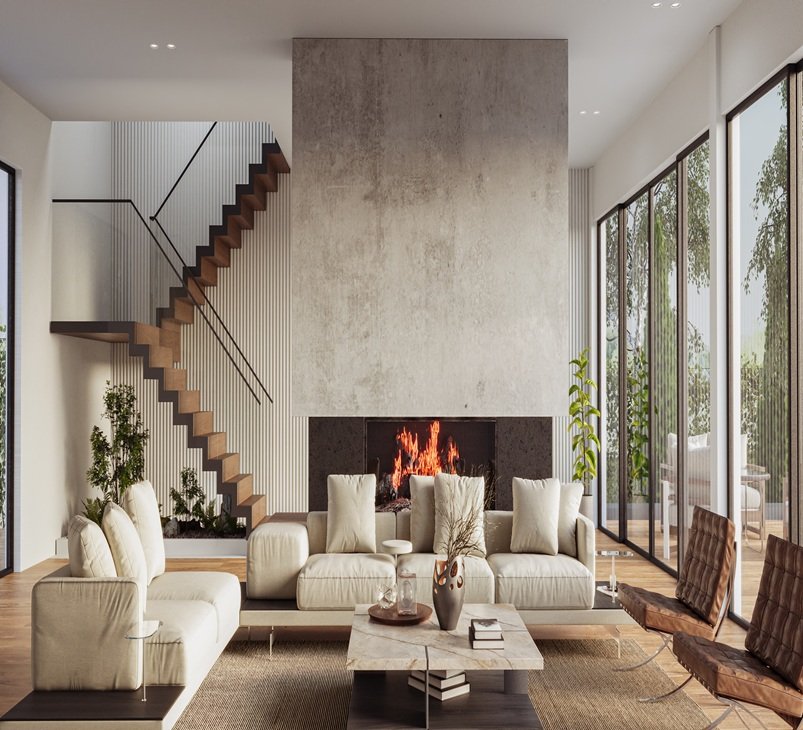
3D architecture animation is the process of creating realistic, computer-generated videos that simulate walkthroughs, flyovers, and detailed views of architectural projects. Unlike static images, these animations allow you to experience a building’s design from various angles, lighting conditions, and even during different times of day.
Debunking Myths About 3D Architectural Rendering: Myths & Facts
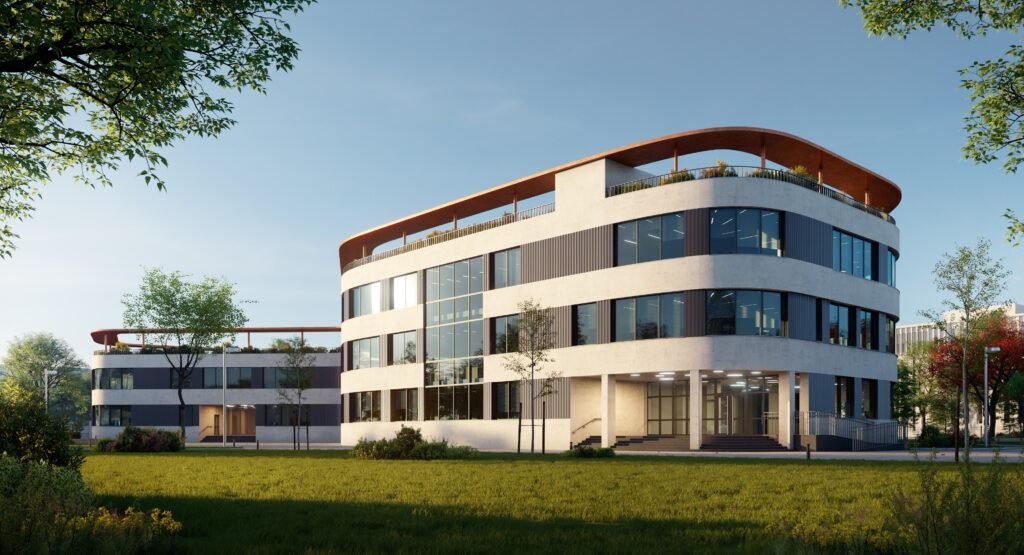
In today’s competitive real estate and architecture landscape, 3D architectural rendering has emerged as an indispensable tool for attracting investors, boosting sales, and enhancing marketing strategies.
Insights and Key Benefits of 3D Architectural Visualization
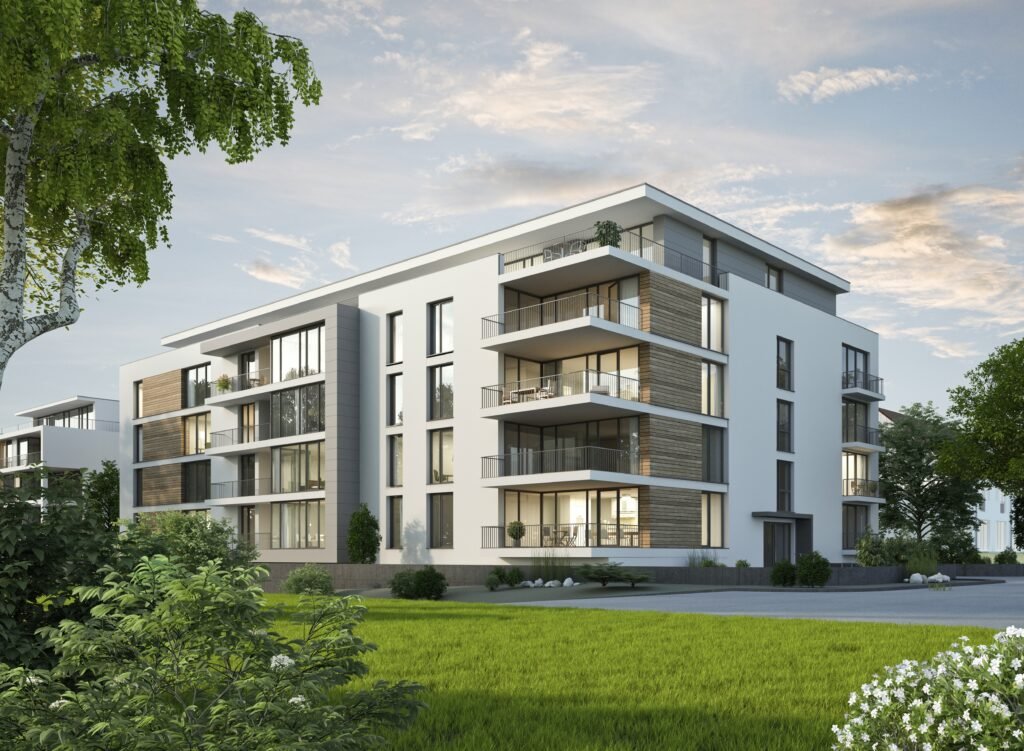
Insights and Key Benefits of 3D Architectural Visualization for Modern Architecture 3D architectural visualization is the process of turning design concepts into realistic digital images and animations. These visualizations allow stakeholders to see projects as they would appear in reality—long before construction begins. By offering a clear, tangible preview of a project’s potential, this technology has revolutionized how designers pitch their visions, significantly enhancing communication with investors and buyers. For modern architects, such 3D architectural renderings extend beyond aesthetic appeal. They provide a strategic platform for explaining complex design ideas, ensuring that every detail is understood by potential investors and marketing teams. As a result, 3D visualization becomes the foundation of successful project presentations, boosting sales and attracting crucial investments. The Evolution of 3D Architectural Visualization Before the development of computer graphics, architects would often create sketches and scale models. These techniques were effective but limited in their ability to convey detail and depth. The late 20th century saw the introduction of software called computer-aided design or CAD. This allowed architects to create digital blueprints. These days a 3D Visualization advanced this idea further where architects can provide photorealistic images, interactive walkthroughs and rendering, and even virtual reality (3D tours). This improvement has enhanced communication among architects, developers, and clients as all project team members can visualize the final building design at no other time. Key Benefits of 3D Architectural Visualization 3D architectural visualization offers a lot of benefits that extend far beyond aesthetic appeal. In today’s competitive market, these detailed and immersive visuals have become indispensable tools for architects, real estate developers, and marketing experts. Here’s an in-depth look at the key benefits and the potential of 3D visualization in modern architecture: 1. Boosted Sales and Marketability High-quality 3D renders create realistic, lifelike images that instantly grab the attention of potential buyers. When prospects can clearly see what a property will look like through photorealistic images, their confidence in the project grows. This visual clarity translates into faster decision-making, higher conversion rates, and ultimately, boosted sales. Whether you’re selling a new development, a renovated property, or commercial real estate, having dynamic visuals helps transform abstract ideas into tangible assets that resonate with buyers. 2. Securing Investments and Building Investor Confidence Investors look for clarity and risk reduction in any project. Detailed 3D architectural visualizations provide a clear preview of what is to be built, reducing uncertainty and demonstrating the project’s full potential. This results in enhanced investor trust and easier access to capital. By showing every facet—from the building’s exterior curb appeal to its interior spatial dynamics—these renderings can secure funding faster while ensuring stakeholders are well-informed about the scope and potential return on investment. 3. Enhanced Marketing and Brand Promotion In the digital age, marketing is heavily reliant on potent visual content. 3D renderings serve as powerful assets in your marketing toolkit, enhancing your web presence, social media campaigns, and promotional materials. With striking visual presentations, your projects become more shareable and memorable, leading to increased online engagement and broader reach. This enhanced visibility not only helps in selling properties but also strengthens your brand as a leader in innovative design and modern architectural solutions. 4. Cost and Time Savings Time and budget constraints are major concerns in architecture and real estate. 3D visualization minimizes financial risks by eliminating misinterpretations and design flaws before construction begins. Studies show that implementing 3D visualization can reduce project costs by up to 30% due to early detection of structural and aesthetic issues (Source: Autodesk, 2023). The ability to make quick changes digitally, rather than on-site, reduces delays and saves both time and resources. Real estate agents and developers can pre-sell properties with stunning 3D renderings, avoiding unnecessary construction delays. 5. Superior Marketing and Client Engagement For architects and real estate professionals, the ability to present a compelling vision is crucial. High-quality 3D renderings can be used in marketing campaigns, brochures, and websites to attract clients. Developers can leverage virtual reality (VR) and augmented reality (AR) experiences to allow potential buyers to walk through a space before it’s built. Real estate agents report a 60% increase in buyer engagement when using 3D visualizations in property listings (Source: National Association of Realtors, 2022). 6. Streamlined Communication and Collaboration A 3D model speaks a universal language, ensuring that all stakeholders, from architects to investors, are on the same page. Architects and developers can use interactive 3D walkthroughs or animations to present ideas more effectively. Clients can provide real-time feedback, making collaboration seamless and efficient. Contractors and construction teams can work with precise visualizations, reducing the risk of misinterpretation and errors. 7. Showcasing Unique and Sustainable Architecture Modern architecture is all about innovation, sustainability, and functionality. 3D visualization plays a vital role in creating futuristic and eco-friendly buildings. Architects can integrate green building materials and energy-efficient designs into visual models. Developers can assess daylight exposure and energy consumption before construction begins. Urban planners can optimize city layouts by analyzing spatial relationships in 3D. 8. Better Client Decision-Making Choosing a property or finalizing a design is a major decision. With 3D visualization, clients will be able to make better decisions as they will see what they are getting. When real estate buyers go through a property in a realistic 3D environment, they develop trust and confidence towards the real estate. Developers are able to compare designs to aid in construction decision making. Investors can analyze the potential ROI through detailed graphic evaluation. 9. Enhanced Architectural Designs Accuracy and Efficiency One of the biggest advantages of 3D architectural visualization is the ability to create highly accurate designs. Unlike 2D drawings, which can sometimes be difficult to interpret, 3D models provide a detailed and immersive representation of a project. Architects can easily identify potential design flaws before construction begins, reducing costly errors. Developers can explore different design elements, such as materials, lighting, and textures, to optimize the project’s aesthetic appeal. Clients can request modifications in real-time, leading to more refined and satisfactory designs. Real-World Applications: Virtual Tours and
What is 3D Architectural Rendering? Your Ultimate Guide
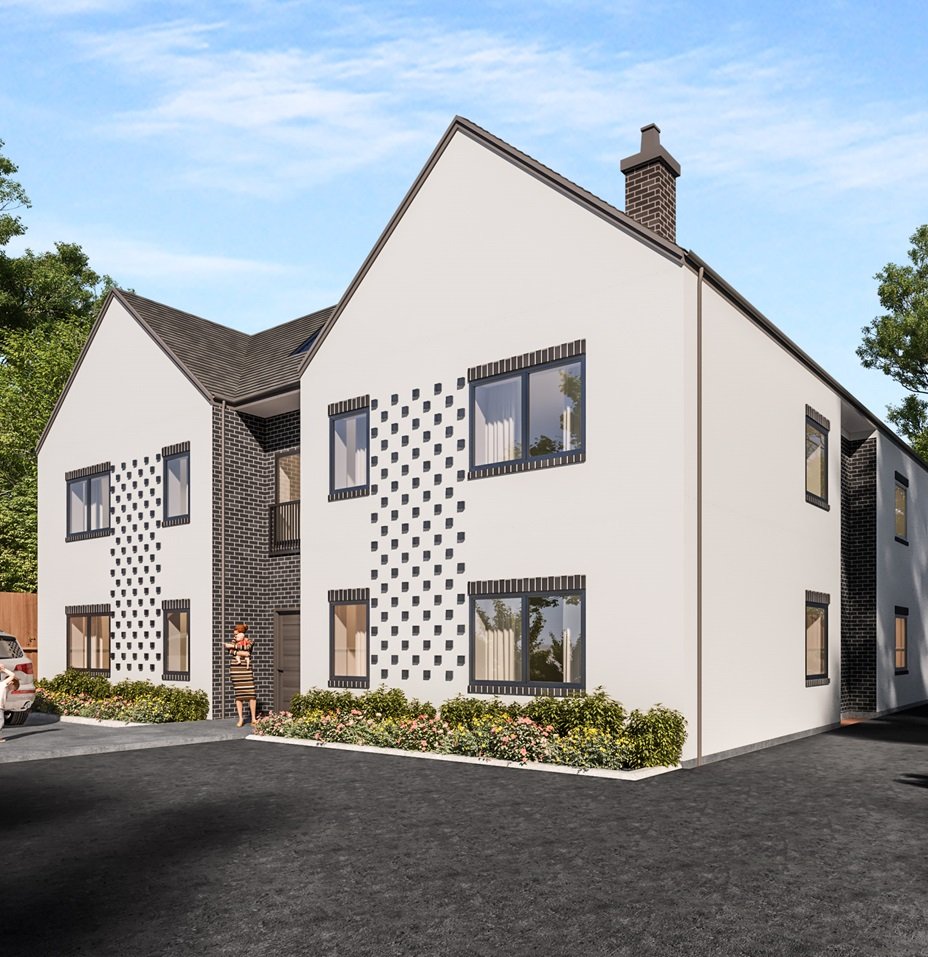
Imagine walking through your dream home before it’s even built. You glide through the grand entrance, admire the intricate ceiling details, and step onto the balcony to take in a breathtaking view—all without laying a single brick.
